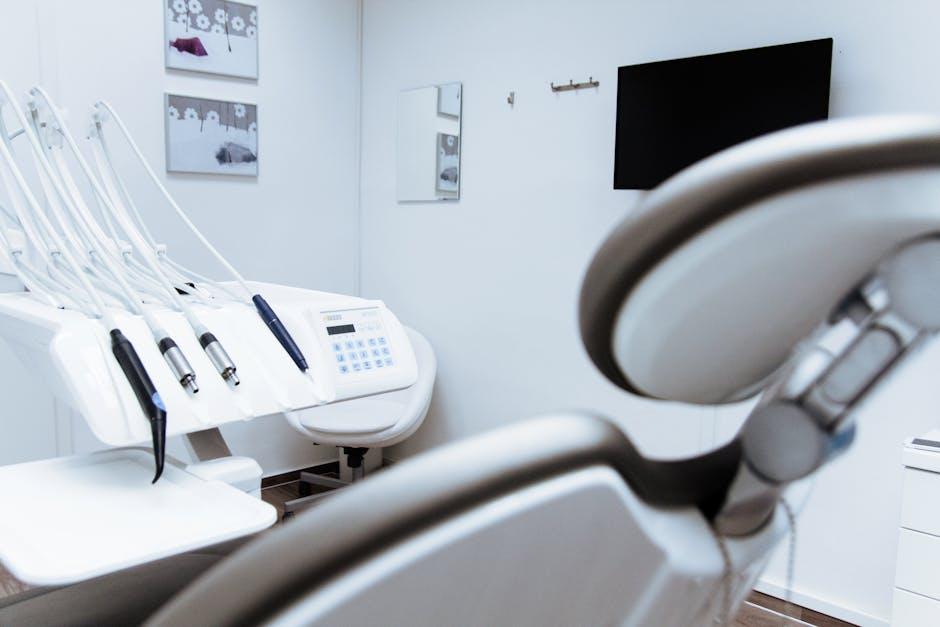
Last in the Nation: Florida’s Dental Care Crisis
Florida, known for its beautiful beaches and vibrant communities, faces a concerning public health issue — a dental care crisis that has left the state ranked last in the nation for dental health access and quality. This situation poses serious risks to the well-being of millions of Floridians, especially vulnerable populations including children, seniors, and low-income families. In this detailed article, we will explore the roots of Florida’s dental care challenges, the impact it has on residents, and practical steps that can help improve oral health access across the Sunshine State.
Understanding Florida’s Dental Care Crisis
Despite being one of the most populous states, Florida struggles with inadequate dental care infrastructure, a shortage of dental professionals, and systemic issues that restrict affordable access to oral health services. These factors combine to create a perfect storm that leaves many residents without necessary dental treatment.
Key Factors Driving the Crisis
- Dental Professional Shortage: Florida’s dentist-to-patient ratio is significantly lower than the national average, leading to longer wait times and geographical disparities.
- Low Medicaid Dental Coverage: Limited adult dental benefits under Florida’s Medicaid program restrict access for low-income populations.
- High Cost of Dental Care: The expense of routine dental services deters many Floridians from seeking preventive care.
- Lack of Public Awareness: Many residents undervalue regular dental visits, contributing to preventable oral health issues.
Florida vs. National Dental Care Statistics
| Metric | Florida | National Average |
|---|---|---|
| Dentists per 100,000 residents | 48 | 59 |
| Adults with untreated tooth decay (%) | 28% | 19% |
| Children with access to dental care (%) | 56% | 73% |
| Medicaid adult dental coverage | Limited | More comprehensive in many states |
The Impact on Floridians’ Health and Quality of Life
The consequences of Florida’s dental care crisis extend far beyond oral health. Without timely interventions, many suffer from severe dental pain, infections, and even systemic health complications.
Health & Social Implications Include:
- Increased Risk of Chronic Diseases: Poor oral health is linked to heart disease, diabetes, and respiratory infections.
- Absenteeism in Schools and Workplaces: Dental pain causes lost productivity and educational setbacks.
- Reduced Quality of Life: Self-esteem and social interactions can be negatively affected by poor dental hygiene and missing teeth.
- Higher Emergency Room Visits: Many turn to ERs for preventable dental emergencies, increasing healthcare costs.
Practical Tips for Improving Dental Care Access in Florida
While systemic improvements require time and policy shifts, there are practical strategies residents and communities can employ to mitigate the crisis and promote better oral health.
Tips for Individuals and Families
- Prioritize Preventive Care: Schedule regular dental checkups even if pain or symptoms aren’t present.
- Utilize Community Clinics: Take advantage of federally qualified health centers that offer sliding scale or free dental services.
- Explore Dental Discount Plans: Consider dental savings plans to reduce out-of-pocket expenses.
- Enhance Daily Oral Hygiene: Brush twice daily, floss regularly, and reduce sugary foods to prevent tooth decay.
Community and Policy Solutions
- Expand Medicaid adult dental benefits to cover essential services.
- Increase funding for dental education programs to encourage more professionals to serve in Florida.
- Support mobile and school-based dental programs targeting children and underserved populations.
- Raise public awareness through statewide oral health campaigns.
Case Study: Successful Community Dental Programs in Florida
Several Florida communities have implemented innovative dental health initiatives with measurable success. For example:
- Miami-Dade School-Based Oral Health Program: Offers on-site dental screenings, fluoride treatments, and referrals to underserved children, significantly reducing childhood cavities.
- Oral Health Florida Coalition: Works to improve access through advocacy, education, and partnership building, creating a model for other states.
These case studies demonstrate how localized efforts can address barriers and improve outcomes despite broader systemic challenges.
Firsthand Experience: A Floridian’s Story
Jessica, a mother of two from Tampa, shares her ordeal: “Finding an affordable dentist was a challenge. We waited months for an appointment, and my kids had untreated cavities for too long. Eventually, a community clinic helped us out, but it’s frustrating when dental care feels so out of reach.” Stories like Jessica’s echo across Florida, underscoring the urgent need for change.
Conclusion: The Path Forward for Florida’s Dental Health
Florida’s position as last in the nation for dental care access is a critical public health challenge that demands immediate attention. By addressing provider shortages, expanding Medicaid coverage, and increasing public awareness, Florida can work towards closing the gap in dental health equity.
Meanwhile, individuals and families can take proactive steps to maintain oral health, and communities can support targeted programs that provide care where it’s needed most. The dental care crisis in Florida isn’t insurmountable — through collaboration between policymakers, healthcare providers, and residents, the Sunshine State can shine brighter with healthier smiles for all.


